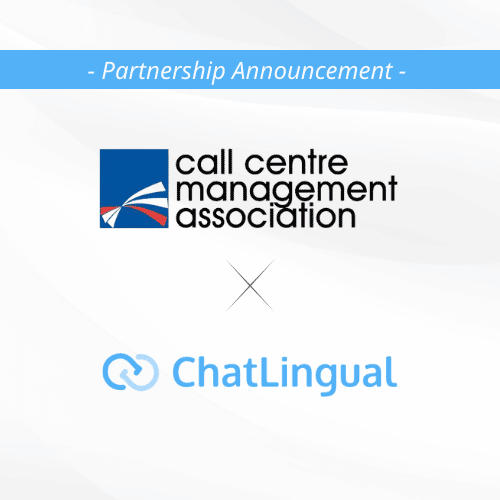Many innovative, global brands struggle with this one crucial component when creating a CX strategy – language. Companies have been struggling to recruit, hire, and retain advisors with language skills for years, and allocating those limited language resources during support peaks and valleys is an ongoing challenge.
Why is native language support a component of CX? CSA Research predicts that businesses will require at least 16 languages to reach 90 percent of the total online population. The current hiring environment for customer service agents with native speaking skills is one of the toughest positions to hire and retain; imagine what that will look like in a few years.
Will your current hiring and retention strategies be able to meet the demand of future consumers? And more importantly, how can you capture this incredible opportunity before your competitors do?
With new ways of solving these challenges with technology, companies no longer need to compromise their CX strategies, and managing multilingual operations is now easier than ever. Overhaul your operational strategies and take your business to the next level with these five tips for leading a successful multilingual contact center.
Five Considerations for Multilingual Contact Center Operations
1. Decide on the proper hub model for your business
Where you base your hub can directly impact costs and scalability. Should your hub be centralized, local, or a combination? While local hubs make it easier to hire native workers, this model limits companies from opportunities to scale easily and provide a consistent brand experience.

For most companies, the central hub model tends to be more popular due to its consistency, oversight, and scalability benefits. Additionally, centralized hubs enable companies to consolidate local operations by transferring business to lower-cost regions.
2. Operating in multiple languages can add complexity and management overhead
Multilingual operations can compound existing challenges within a contact center, but that’s no reason to avoid native-language support. The operational complexities surrounding multilingual support start and end with people. From recruiting and training to retaining and service delivery, you must have a protocol to monitor success and educate your managers, team leads, and advisors to help handle your business.
Ensuring all employees have a common language will alleviate communication woes and keep everyone on the same page, regardless of how many customer languages your team supports. A shared common language among internal teams provides multiskilling opportunities and boosts job satisfaction.
3. Cultural nuances in different countries can impact your operations and staffing strategies
CX leaders participated in a recent study conducted by the Call Center Management Association (CCMA) and mentioned the impact that cultural differences have on their operations. One participant noted that Spaniards are more likely to contact support in the morning, resulting in a queue influx. Taking into account cultural nuances allows companies to properly staff during peaks and valleys in their service delivery teams regardless of language.
4. Think outside of the hiring box
It’s no secret that companies are struggling to backfill positions and locate talent, especially native or bilingual speakers. Rather than taking the traditional recruiting route, try targeting language communities and social networks such as Facebook, LinkedIn, and Instagram to recruit expats, students, and other natives based outside of their home country.

When hiring, keep in mind the other skills needed to excel in a customer service position–empathy, excellent verbal and written capabilities, and patience. Hiring advisors with these skills is most important; with technology, language skills are now a nice-to-have.
5. Explore translation technology
According to a study from ICMI, contact centers are actively investing in new or upgraded technology to improve the customer experience, control costs, and support a growing customer base. Incorporating translation technology can create flexibility for scale, lower costs, ensure you’re meeting service level agreement targets, and improve tNPS.
As an added benefit, translation technology can provide relief on the hiring front by using a counter-intuitive approach to multilingual hiring strategies–hiring for customer service skills first—not language. This approach leverages multilingual solutions to cover the native-language need, allowing hiring managers to broaden the candidate pool to focus on customer service skills.
If real-time translation is missing from your CX strategy, look for a solution that will seamlessly integrate into your existing workflows, to allow for minimal agent and client disruption.
The Future is Multilingual CX
Converting to a multilingual contact center or optimizing your existing operations is no small undertaking. The five strategies above will guide you with your hub placement, hiring, operations, and software selection in order to succeed.
In the near future, companies will be expected to provide native-language support. Stay ahead of the competition; give your customers amazing experiences that will keep them coming back for more.



